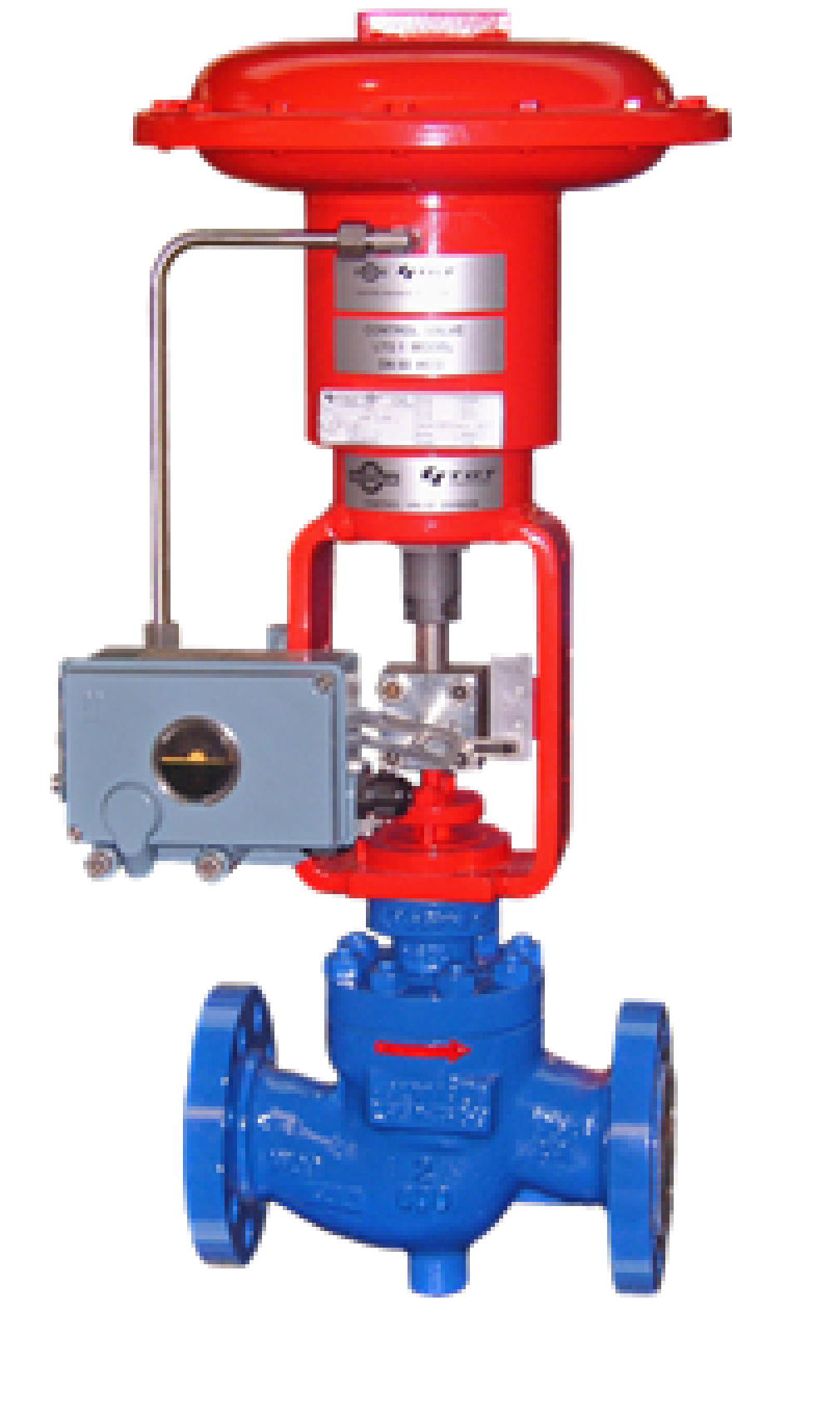
Maximize Power Cost Savings and Convenience With Advanced Structure Automation Controls
In the realm of contemporary architecture and center administration, the integration of innovative building automation regulates stands as a critical innovation. The convergence of technology and sustainability has actually birthed a brand-new age where energy efficiency, convenience optimization, and functional streamlining are no longer remote aspirations however obtainable truths. By utilizing the power of automation, structures can adapt, react, and progress in manner ins which were as soon as inconceivable. The possibility for considerable power financial savings and enhanced convenience is not simply a promise yet an opportunity waiting to be fulfilled. This standard change in building management holds the vital to unlocking a world where ecological conscientiousness and occupant well-being harmoniously coexist within the wall surfaces of our frameworks.
Power Effectiveness Benefits
Power effectiveness benefits can considerably decrease energy usage and functional costs in buildings. By applying energy-efficient techniques and technologies, building owners and operators can attain considerable cost savings while additionally adding to ecological sustainability. Among the main benefits of improving power efficiency in buildings is the decrease of utility expenses. Energy-efficient systems, such as advanced structure automation controls, can enhance the use of resources like lighting, air conditioning, and heating, resulting in reduced power expenditures over time.
Moreover, improved energy efficiency can lengthen the lifespan of structure tools and systems. By operating much more efficiently, heating and cooling systems, light, and other building components experience much less deterioration, leading to decreased upkeep and replacement costs. In addition, energy-efficient structures usually regulate greater property values and rental prices, offering long-lasting financial advantages to owners.
Additionally, energy performance can boost passenger convenience and productivity. Properly managed interior environments with ideal lighting and thermal conditions create an even more enjoyable and favorable work space, resulting in enhanced worker satisfaction and efficiency. On the whole, the power performance advantages related to advanced structure automation controls are diverse, including price financial savings, ecological stewardship, and resident health.
Boosted Comfort Control
Enhancing convenience control in structure atmospheres requires a sophisticated integration of sophisticated automation systems for optimal occupant wellness. By utilizing advanced building automation controls, facilities can tailor the interior atmosphere to meet the particular needs and preferences of owners. control valves.
By including these innovative controls, buildings can not just improve comfort however likewise improve energy efficiency by maximizing system procedures based on actual tenancy and use patterns. Inevitably, prioritizing owner convenience through innovative automation systems leads to an extra satisfying and much healthier interior atmosphere.
Operational Efficiency Improvements

Moreover, the application of real-time tracking and analytics devices allows structure drivers to identify energy ineffectiveness and functional anomalies quickly. By continually monitoring energy usage patterns and system performance metrics, adjustments can be made in real-time to optimize energy consumption and guarantee peak functional effectiveness. control valves. Furthermore, incorporating need action techniques right into building automation controls can even more boost functional effectiveness by dynamically readjusting energy use based on grid conditions and rates signals
Indoor Climate Optimization
Efficient interior environment optimization is a basic facet of structure automation controls, guaranteeing residents' comfort and wellness while optimizing power savings. By making use of sophisticated sensors and controls, constructing automation systems can constantly monitor and adjust temperature level, humidity levels, air top quality, and ventilation to produce an optimum interior setting. Maintaining constant and comfy conditions not just boosts owner contentment yet also enhances productivity and general health.
Indoor climate optimization likewise plays a crucial duty in energy effectiveness. By fine-tuning air flow, heating, and air conditioning systems based on real-time data and tenancy patterns, constructing automation controls can considerably reduce energy usage - control valves. Implementing approaches such as demand-controlled air flow and thermal zoning can help decrease power waste while making sure that each location of the building gets the essential conditioning.

Sustainable Atmosphere Production
Building automation manages not only optimize interior climate conditions for energy effectiveness and passenger convenience however additionally lay the structure for developing a lasting atmosphere through critical monitoring of sources and systems. By integrating advanced building automation innovations, such as sensors, actuators, and intelligent software program, facilities can monitor and change energy usage in real-time to reduce waste and minimize check that their carbon footprint. These systems allow anticipating maintenance, recognizing potential concerns before they escalate and enhancing equipment efficiency to enhance longevity and performance.
In addition, sustainable atmosphere production expands beyond power management to encompass water conservation, waste reduction, and interior air quality improvement. Building automation controls can manage water usage, spot leakages, and guarantee correct garbage disposal methods, adding to overall sustainability efforts. Additionally, by managing and keeping an eye on air flow and filtering systems, these modern technologies improve owner health and productivity while decreasing power consumption connected with cooling and heating operations.
Conclusion
Finally, advanced structure automation manages offer considerable advantages in terms of energy financial savings, comfort control, operational efficiency, indoor climate optimization, and producing a lasting setting. By implementing these controls, buildings can accomplish ideal performance while decreasing energy consumption and boosting passenger convenience. It is evident that the usage of innovative automation modern technology is crucial in improving structure performance and developing an extra lasting future.
Energy efficiency benefits can considerably decrease power usage and functional expenses in structures. Overall, the energy efficiency advantages connected with advanced building automation controls are diverse, including cost financial savings, environmental stewardship, and resident well-being.
Furthermore, integrating demand feedback techniques into building automation controls can better boost functional performance by dynamically readjusting power usage based on grid conditions and pricing signals.
Building automation manages not only maximize interior environment conditions for power effectiveness and owner comfort however also lay the find out here now structure for producing a lasting environment through calculated administration of resources and systems.In conclusion, advanced structure automation regulates deal considerable advantages in terms of energy cost savings, comfort control, functional effectiveness, interior climate optimization, and developing a sustainable environment.